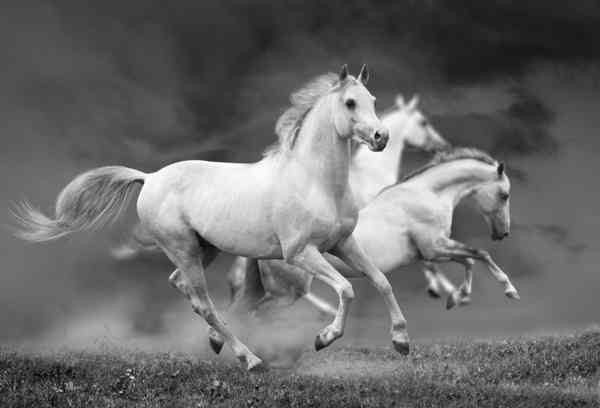There’s an old English proverb: If wishes were horses, beggars would ride. That wishes (dreams) are like horses that can carry us forward is something I discovered when I made my first “Wish List” …
Three Tools to Explore Resistance
I missed posting last week. Have you ever experienced a time when everything that was simple seems complicated? When finishing regular tasks takes three times as long? When every thought seems to veer …


